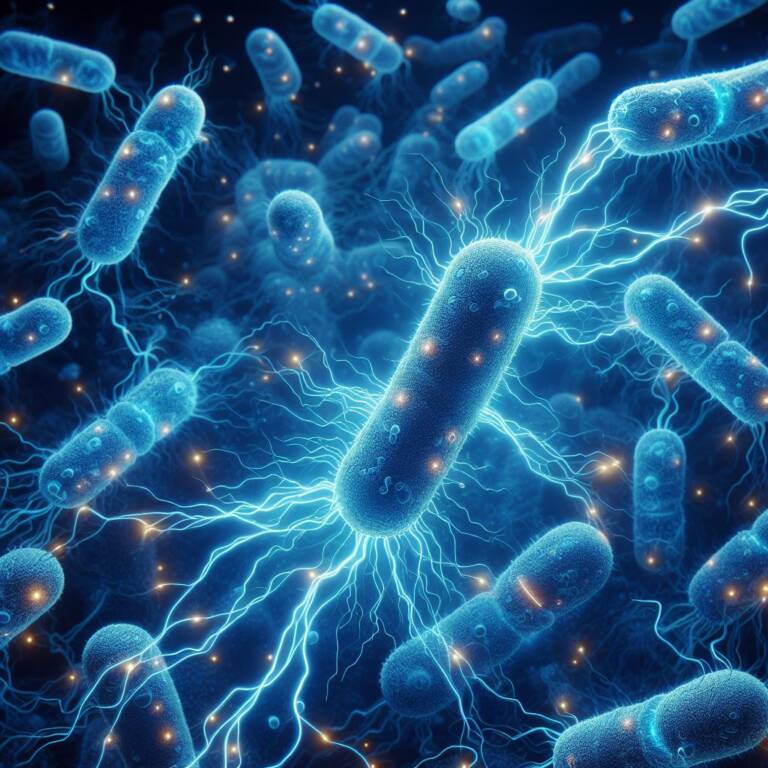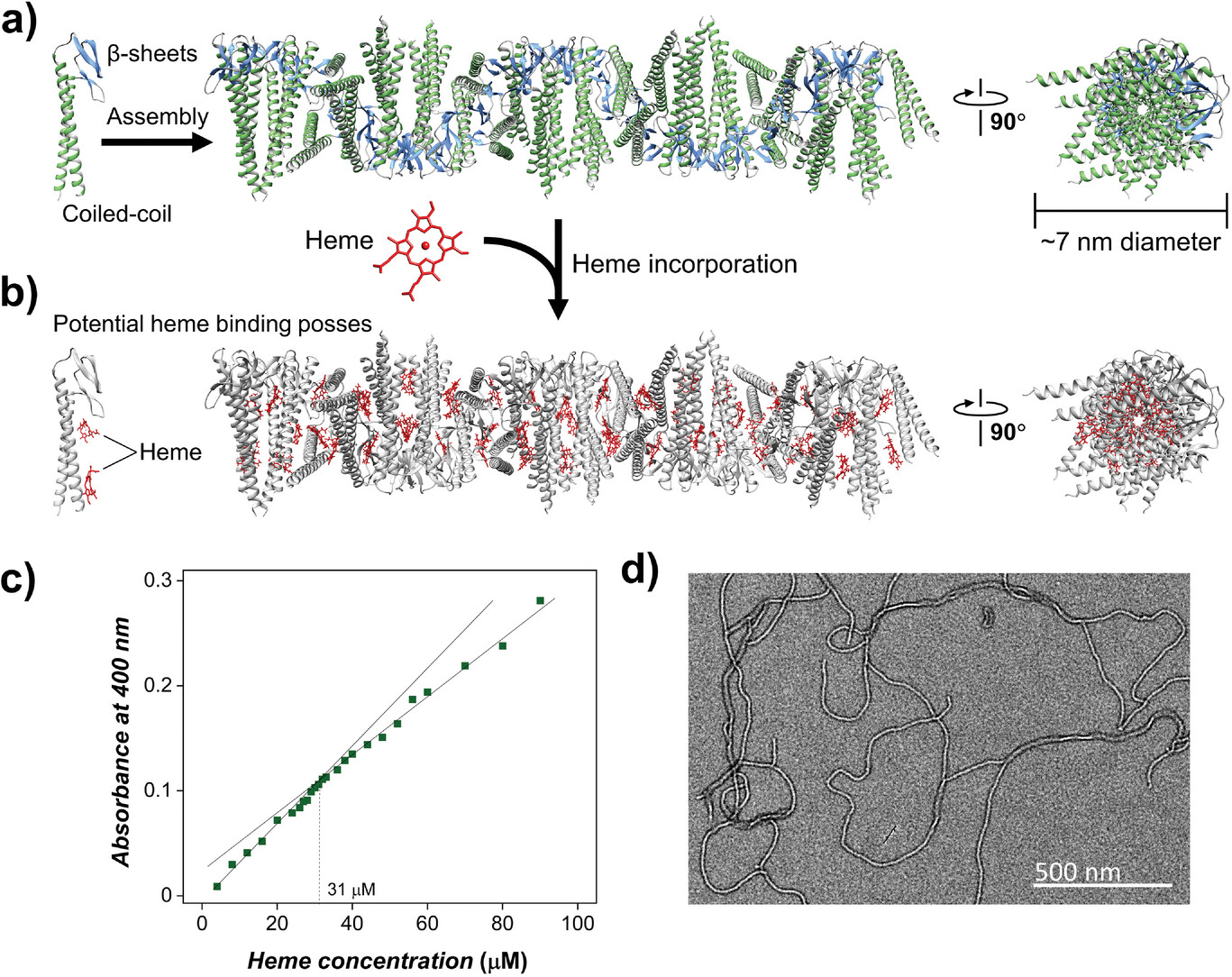Bacteria engineered to conduct and produce electricity: a discovery from Australia

Researchers at the University of New South Wales (UNSW) in Australia have successfully engineered the protein filaments produced by bacteria, so that they can conduct electricity and even harness it using moisture in the air .
This interdisciplinary research, which includes protein engineering and nanoelectronics, could one day help scientists develop 'green electronics,'” reads a university press release . The research results were published in the journal Small.
Modern electronics, which are ubiquitous, are made with energy-intensive processes and extremely toxic components. These are necessary to facilitate the movement of electrons within the device and to carry out work.
On the other hand, several events in nature also require the movement of electrons. For example, in the photosynthesis process that plants use to produce their food, chlorophyll moves electrons through various protein molecules. Bacterial systems also transfer electrons across membranes, using conducting filaments called nanowires.
Bacterial nanowire engineering
Bacterial nanowires can conduct electricity and can potentially be used to design sensing systems. However, after being harvested by bacteria, these nanowires are difficult to modify and, therefore, have limited functionality.
“To overcome these limitations, we genetically engineered a fiber using the E. coli bacterium,” says Lorenzo Travaglini, a postdoctoral researcher at UNSW who participated in the work.
“We modified the DNA of E. coli so that the bacterium not only produced the proteins it needed to survive, but also built the specific protein we had designed, which we then engineered and assembled into nanowires in the laboratory,” he explained Travaglini in the press release.
Interestingly, this additional molecule that makes the nanowires highly conductive is Haem, an iron-based circular structure commonly found in animal blood and which is used to transport oxygen to different parts of the body. Haem is a molecule present in hemoglobin
Create electricity from the air
The UNSW team delved into research on bacterial nanowires, which showed that when hematite molecules are arranged closely together, they can also perform electron transfer. Travaglini and his team integrated hematite into their engineered filaments, hoping that electrons would jump between hematite molecules if placed close enough to each other.
By measuring the conductance of the filaments in the presence and absence of Haem molecules, the researchers confirmed that the iron-based molecule made the protein conductive.
During extensive testing, the researchers found that the electrical current was strongest when environmental conditions were between 20 and 30 percent humidity.
When the tests were repeated with increasing amounts of conductive material sandwiched between the electrodes, the researchers confirmed that moisture created a charge gradient across the material and generated additional current without applying additional potential.
The researchers then designed a humidity sensor that generated an electric current when an air current passed over the bacteria, even through a breath.
The team is now exploring how the properties of their proteins can be tuned by changing the structure of the hematoma or the environment of the filament. In one experiment, researchers are using light-sensitive molecules to facilitate the transfer of electrons.
Travaglini stressed that the research is still in its early stages and that it will take some time before it becomes part of everyday electronics.
“It's really a question of practical application,” he added in the press release. “We don't know how long it will take exactly, but we can see that we are going in the right direction.”

Thanks to our Telegram channel you can stay updated on the publication of new Economic Scenarios articles.
The article Bacteria engineered to conduct and produce electricity: a discovery from Australia comes from Economic Scenarios .
This is a machine translation of a post published on Scenari Economici at the URL https://scenarieconomici.it/batteri-ingegnerizzati-per-condurre-e-produrre-energia-elettrica-una-scoperata-dallaustralia/ on Tue, 07 May 2024 12:53:15 +0000.

